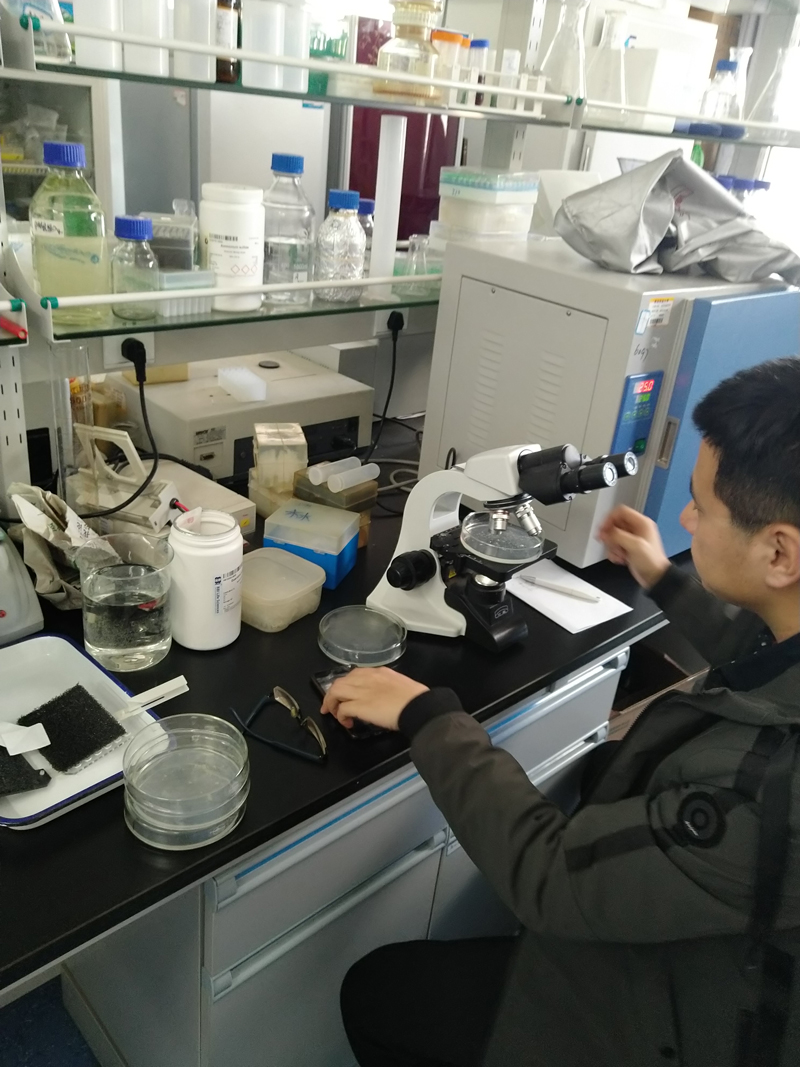Nov . 30, 2024 11:34 Back to list
Utilizing Pear Pollen for Optimal Harvest Results in Your Orchard
Harnessing Pear Pollen for a Bountiful Harvest
In the world of horticulture, the quest for maximizing fruit yield is a constant pursuit. Among the myriad of strategies employed by gardeners and farmers, one of the most intriguing and effective methods involves the strategic use of pear pollen. Utilizing pear pollen not only enhances pollination but also promotes genetic diversity and resilience in pear crops, all of which contribute to a more abundant harvest.
Understanding Pear Pollen
Pear pollen is a fine yellow powder produced by the male reproductive organs of pear trees. It contains the genetic material necessary for fertilizing the female ovules, leading to the formation of fruit. By collecting and harnessing pear pollen, farmers can optimize the pollination process, especially when relying on hand pollination techniques or when natural pollinators, such as bees, are scarce.
The Science of Cross-Pollination
One of the key benefits of using pear pollen is the potential for cross-pollination. Pear trees, particularly the common varieties like the Bartlett, Bosc, and Anjou, often require cross-pollination to achieve optimal fruit set and quality. This means that pollen from one pear variety can fertilize the flowers of another, leading to fruit that is not only abundant but also richer in flavor. By carefully selecting compatible pear varieties for pollination, farmers can encourage a diversity of traits within their fruit, including improved taste, size, and resistance to pests and diseases.
Techniques for Utilizing Pear Pollen
To effectively use pear pollen to ensure a robust harvest, several techniques can be applied. One common method involves collecting pollen during the flowering season. Farmers can gently shake flowering branches of a mature pear tree to collect the pollen, which can then be stored in a cool, dry place until needed.
use pear pollen to get a good harvest

When the time comes for pollination, the stored pollen can be applied to the stigma of blooming flowers using a small brush or by gently blowing it onto the flowers. This hand-pollination technique can be particularly effective in orchards where natural pollinator populations are low or where specific crosses are desired.
Timing is Crucial
Timing is one of the essential elements in successfully leveraging pear pollen. Pear trees typically bloom in spring, and the window for effective pollination is short. Monitoring the bloom period and ensuring that pollen application coincides with peak flowering times maximizes the chances of successful fertilization. Additionally, weather conditions play a significant role; warm temperatures and dry conditions are ideal for pollen viability and flower receptivity.
The Benefits of Genetic Diversity
By promoting cross-pollination through the use of pear pollen from different cultivars, growers can significantly enhance genetic diversity within their orchards. This diversity is crucial for developing pear varieties that are more resilient to changing environmental conditions, pests, and diseases. Moreover, genetically diverse crops tend to produce a more robust harvest, with fruits that can withstand the rigors of transportation and storage.
Conclusion
In conclusion, the strategic use of pear pollen is a powerful tool for anyone looking to maximize their harvest. By understanding the mechanics of pollination, employing techniques for effective pollen application, and promoting genetic diversity, farmers can significantly improve both the quantity and quality of their pear production. As we continue to face challenges in agriculture, including changing climate conditions and declining pollinator populations, innovative methods such as harnessing pear pollen will be key in sustaining fruitful yields and ensuring food security for future generations. Embracing these practices not only benefits individual orchards but also contributes to the resilience of agricultural systems as a whole. A successful harvest is more than just the result of hard work—it's also the result of smart, informed, and innovative approaches to farming.
-
Plant Pollen Guide: Types, Uses & Artificial Pollination
NewsAug.07,2025
-
High-Viability Male Kiwipollen for Sale | Boost Yield
NewsAug.06,2025
-
Eco Fruit Paper Bags for Peak Freshness | Durability Focused
NewsJul.31,2025
-
Pollen Peach Tree for Pure Pollination and High-Quality Peach Pollen
NewsJul.30,2025
-
Premium Cherry Pollen for Pure Pollination & Different Types
NewsJul.30,2025
-
Artificial Pollination Solutions for Various Plant Pollen Types
NewsJul.29,2025